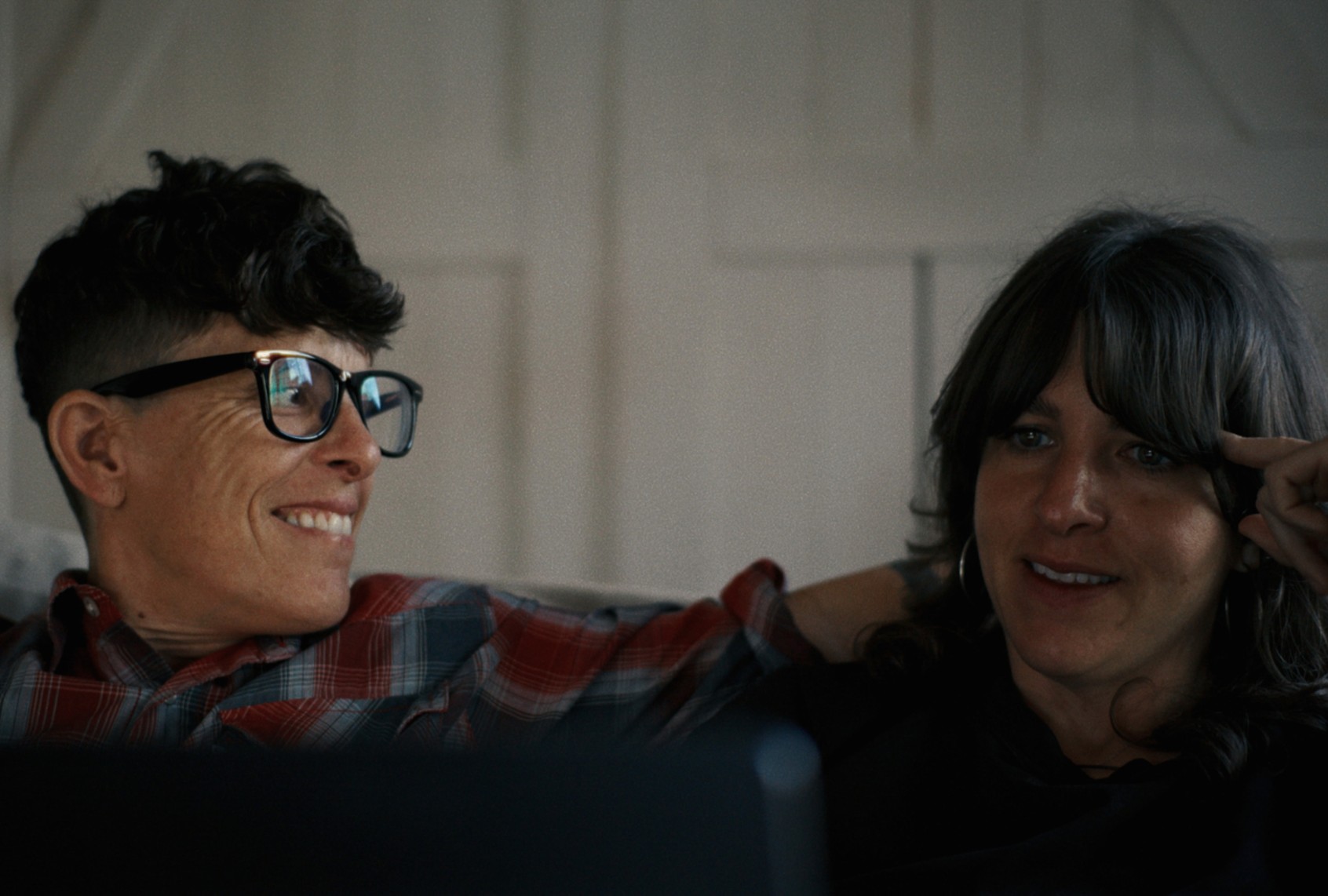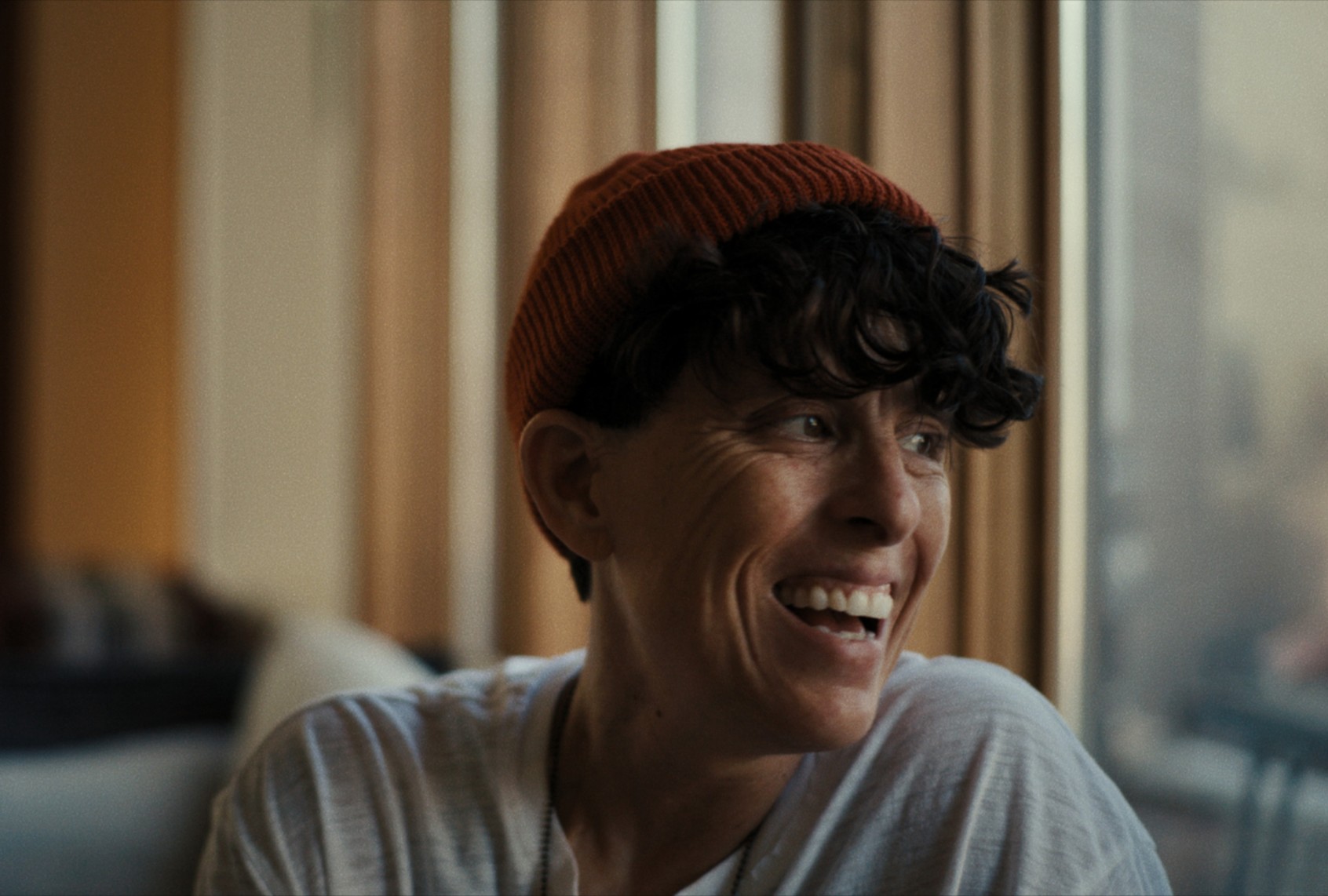I don’t remember subscribing to Things That Don’t Suck, the Substack that once belonged to poet Andrea Gibson, who died in July 2025, and is now carried on by their wife, Megan Falley. But it kept showing up in my inbox, and at some point, I gave in and started reading, beginning with the newest posts and thus learning in reverse about a writer engaging with two things most Americans very much do not like engaging with: death and poetry.
It’s true that only one of these topics is, per traditional rules of decorum, considered rude to bring up in polite conversation, but both tend to elicit strong and often absolutist opinions (e.g., “There’s no life after death”/“Ughhh, poetry”). Reckoning with either doesn’t come naturally to most of us. Death and poetry both demand vulnerability and the willingness to admit to it. They casually spill our secrets into the world and expose us as beings who spend our lives committing humiliating acts of feeling. Scorn for poetry and avoidance of acknowledging death issue from fears as unvoiceable as they are universal: the fear of being seen, and the fear of being forgotten.

(Apple TV) Andrea Gibson and Megan Falley in “Come See Me in the Good Light”
Death and poetry both demand vulnerability and the willingness to admit to it. They casually spill our secrets into the world and expose us as beings who spend our lives committing humiliating acts of feeling.
Gibson began Things That Don’t Suck in 2021, shortly after being diagnosed with ovarian cancer. They were already a rock-star spoken-word performer and a queer icon, but were now also the new Poet Laureate of Colorado and a cancer patient. It was a lot, but Gibson took on the work of monthly-ish dispatches with equal amounts of urgency and reflection; there was advice on vulnerability (“17 Ways to Open Your Heart”), there were pep talks (“Mental Health Tip From My Dog”) and, of course, there were poems, including one, “Love Letter From the Afterlife,” that went unexpectedly viral.
This is exactly the kind of thing that makes people do a full-body cringe away from both poetry and death, something confirmed when I tried to entice people to join me in watching the new Apple TV+ documentary “Come See Me In the Good Light.” Like Things That Don’t Suck, “Come and See Me in the Good Light” speaks to both reflection and urgency: Created and produced by a group of Gibson’s fans-turned-friends (among them comedian and cancer survivor Tig Notaro, soccer star Abby Wambach, author Glennon Doyle and musician Sara Bareilles) and directed by documentarian Ryan White, the film is a scrapbook of 2024, the last full year Gibson lived, combined with an abridged biography of Gibson.
In the militarized language used to talk about disease, Gibson fought valiantly: They had a radical hysterectomy and 6 months of chemotherapy after the 2021 diagnosis. When the cancer spread, there was another year of chemo; when it returned again, it was pronounced incurable. At a certain point, Gibson says, their oncologist emphasized that they could say no to experimental treatments; instead, they say no to saying no: “I’m going to keep doing things to live as long as I can.”
White’s crew captures trips to the hospital, time spent at home with Falley and their three dogs and time spent with friends. There are regular pauses for meditative contemplation of the beautiful, diffident Colorado landscape; there are also less meditative pauses — installing picnic tables for squirrels, wrestling with a mailbox doomed to be knocked over by snowplows. As much as Falley, also Gibson’s editor, gently knocks their love of poetic cliché, she is textually outvoted by the quote, generally attributed to Albert Einstein — “There are only two ways to live your life. One is as though nothing is a miracle. The other is as though everything is a miracle” — that seems to serve as a guiding principle of the film.
Want more from culture than just the latest trend? The Swell highlights art made to last.
Sign up here
“Come See Me in the Good Light” isn’t meant to be a political documentary, but because Gibson’s life was defined by queerness, it is political. Putting a thousand miles between their closed-minded Maine hometown and building a new chosen family is inherently political. Using their own pain and past instances of self-harm to fuel art is political, and so is performing in rock clubs rather than literary symposia, so that the work is accessible both as art and as a form of community care. (Gibson notes in the film that when they began performing pieces that addressed their past suicidality, “Those poems tended to be more hopeful. Because I knew that I was also speaking to other people who were really struggling.” But homophobia and self-hatred can’t be alchemized away. So as an aggrieved minority loudly clamors for the return of once-normative intolerance and prays for it to be re-inscribed into laws and institutions, neither queer death nor queer joy is neutral. (See also: Gibson’s poem “MAGA hat in the chemo room”).

(Josh Lawton/Digital First Media/Boulder Daily Camera via Getty Images) Andrea Gibson, 2008
On Reddit, there is still a 2014 Ask Me Anything (AMA) that begins, “I am Andrea Gibson. I’m a queer performance poet with panic attacks and extreme stage fright who has been touring full-time for over a decade. I was raised in the Baptist Church in a small town in the woods of northern Maine. I won the first Women’s World Poetry Slam, have released 6 albums, published two books, and in 2010, one of my poems was read in lieu of morning prayer by a house representative at the Utah State Legislature.” Given that AMAs can garner tens of thousands of queries, this one had a modest turnout (400 or so responses), but reading through the questions and Gibson’s answers to them is evidence of their determination to forge community through poetry. (“It was always important to me to always write poetry that people wouldn’t need a degree to understand . . . Why write a poem that’s over somebody’s head? Even more than that, over somebody’s heart?” they ask in the film.)
“Come See Me in the Good Light” suggests that for Gibson, remaining alive and coming to terms with death aren’t warring instincts. “Before cancer, I was so depressed. When I was diagnosed, it felt like something was just so different,” they say at one point. “I felt almost made of gratitude and love.” On a trip to the dump, an ex-girlfriend describes Gibson talking her through saying goodbye to her father, who also died from cancer: “Andrea said, just open your heart to love. Everything that you’re feeling right now, name it love. Whether it’s fear, or sadness — everything that you’re feeling, name it love.”
We need your help to stay independent
Care work, too, is love, but that doesn’t mean it doesn’t take a toll. Some of the hardest scenes to watch are those when Gibson is talking, but the camera holds on Falley’s face, controlled but aware that the thousands of microscopic impacts she feels each time her wife talks about dying are visible to onlookers. A poet, writing instructor and memoirist, Falley put aside her own work to be Gibson’s caregiver, and though jolts of dark humor ricochet between them (“I always say to Andrea, ‘I could never do any of this without you. Thank god you’re here”), the film never attempts to suggest that the emotional steadiness required to do that job well offers solace in the vast loneliness that waits at the end of it.

(Apple TV) Andrea Gibson in “Come See Me in the Good Light”
“Come See Me in the Good Light” suggests that for Gibson, remaining alive and coming to terms with death aren’t warring instincts.
Ben Lerner, author of the 2016 book “The Hatred of Poetry,” argued that every poem, in attempting to fulfill the expectations of the form — an expression of the divine that speaks with a singular voice yet is universally resonant — is inevitably “a record of failure.” And that’s one more thing death and poetry have in common. It’s not accurate to say that everyone equates death with failure, obviously. On the other hand, consider a few facts: America was founded on a religion that believes death is the result of sin, rather than of bodies designed to return to the earth; our republic’s very existence requires treating death as an abstraction lest it implicate itself in genocide. The nation’s ruling party sees sickness as a moral failure and empathy as weakness, a country whose richest, most powerful people are more concerned with ensuring that they live forever than with making the world even a bit better for those occupying it now. The idea that the immortality of the most powerful is considered a problem to be solved definitely suggests that dying is seen as an underachieving behavior for our best and brightest.
That might be what makes “Come See Me in the Good Light” feel a little bit radical: It doesn’t attempt to either deny death or, thank god, yassify it. But it is the record of a decision to reframe death, stop fearing it, and even befriend it, as Gibson did in their poem “When death came to visit”: “I used to believe I knew my purpose, thought for sure I understood my calling. But my calling, I now know, has always been this: to parent my own departure, to raise what will end me with love.” Very few people have the privilege of a good death; “Come See Me in the Good Light” shows both that Gibson did not take theirs for granted, and that even the luckiest of deaths is no bulwark against sorrow.
Read more
about illness in America


